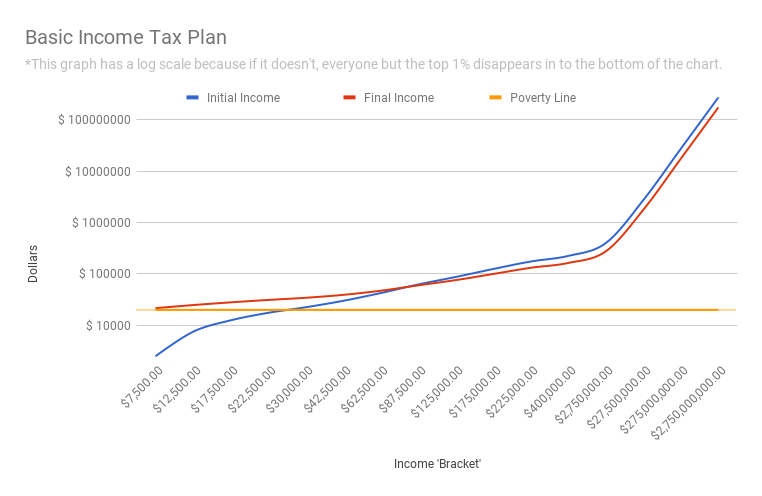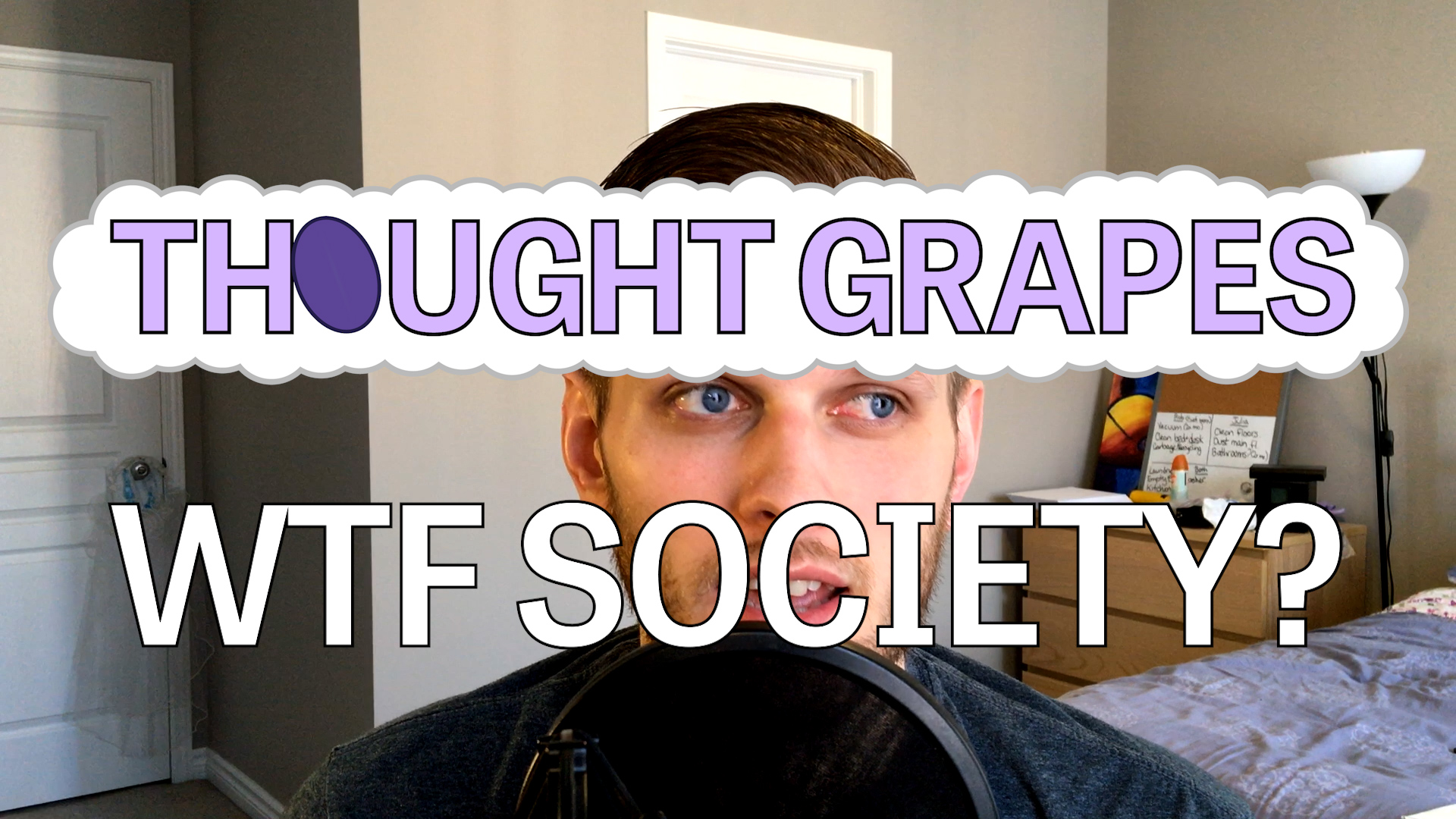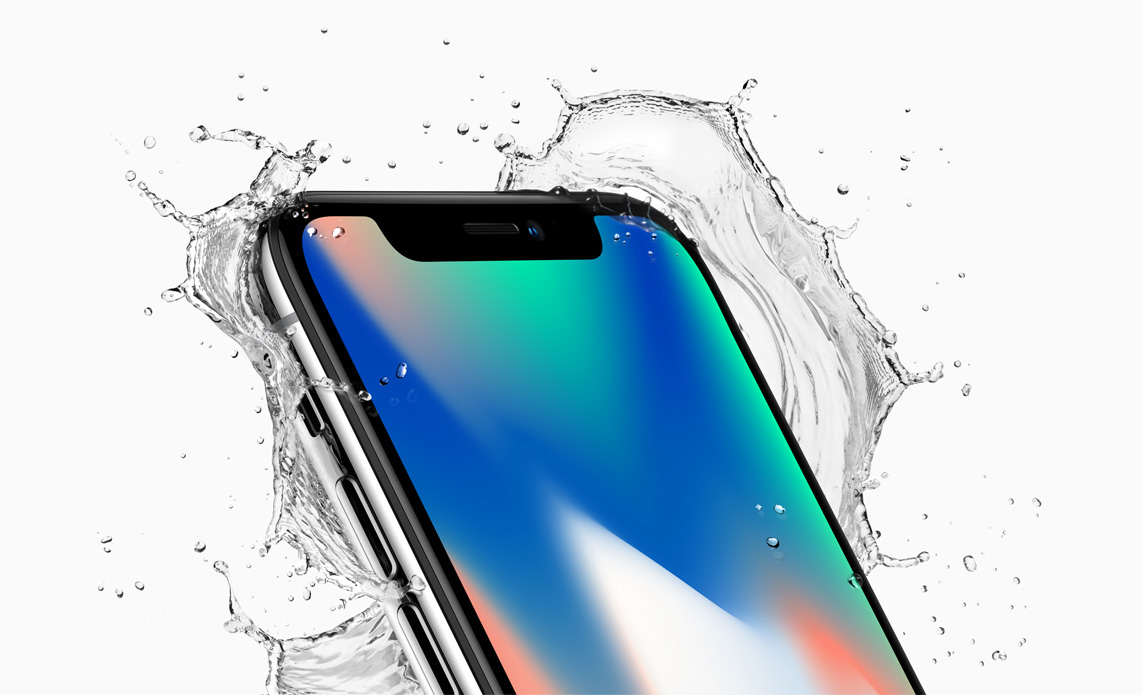Have a look at the following news story and tell me if you notice anything odd about it:
Now, it’s difficult to get the full scope of this news story without looking at the report, and unfortunately it got taken down as of the writing of this piece (unclear why, but the page is a 404 now).
However, we can still use this news article as an example of why it’s critical to think about where a statistic comes from any time you see one. In this case, the report and the article both mention a ‘1 in 10 billion chance’ of a cell phone causing an electric spark that ignites a fire at a gas station.
The report itself uses this language, citing that there are approximately 1 billion gas fill-ups at stations in Canada in a given year, and the length of time that cell phones have been around (~20 years). However, the report goes on to mention that there hasn’t been a single reported case of a cell phone causing a fire at a gas station, anywhere in the world.
This seemingly tiny difference totally changes the meaning of the report, and sets the absolute maximum risk at 1 in 10 billion, not the overall risk. Something that has a 1 in 10 billion chance of occurring, which is also something that millions of people do every week, would lead to multiple occurrences every year. And since gas station fires due to cell phones are not constantly being reported (and in fact have *never* been reported), the risk is surely a LOT smaller than 1 in 10 billion.
It’s critical to take news stories as presented and think critically about them, because people who write the news aren’t necessarily experts in that field (and usually, they aren’t). One neat thing I’ve heard to try is to read a news story that relates directly to something you know extremely well, whatever that may be. Look for inaccuracies, simplifications, or outright factual errors in the story, and you’ll surely find plenty that doesn’t quite hold up.
It’s a good practice to expect every news story to be about as factual as that, but it’s a lot harder to spot those inaccuracies when you’re not an expert at what’s being presented. The important thing is not to take everything you read or hear on the news at face value.




